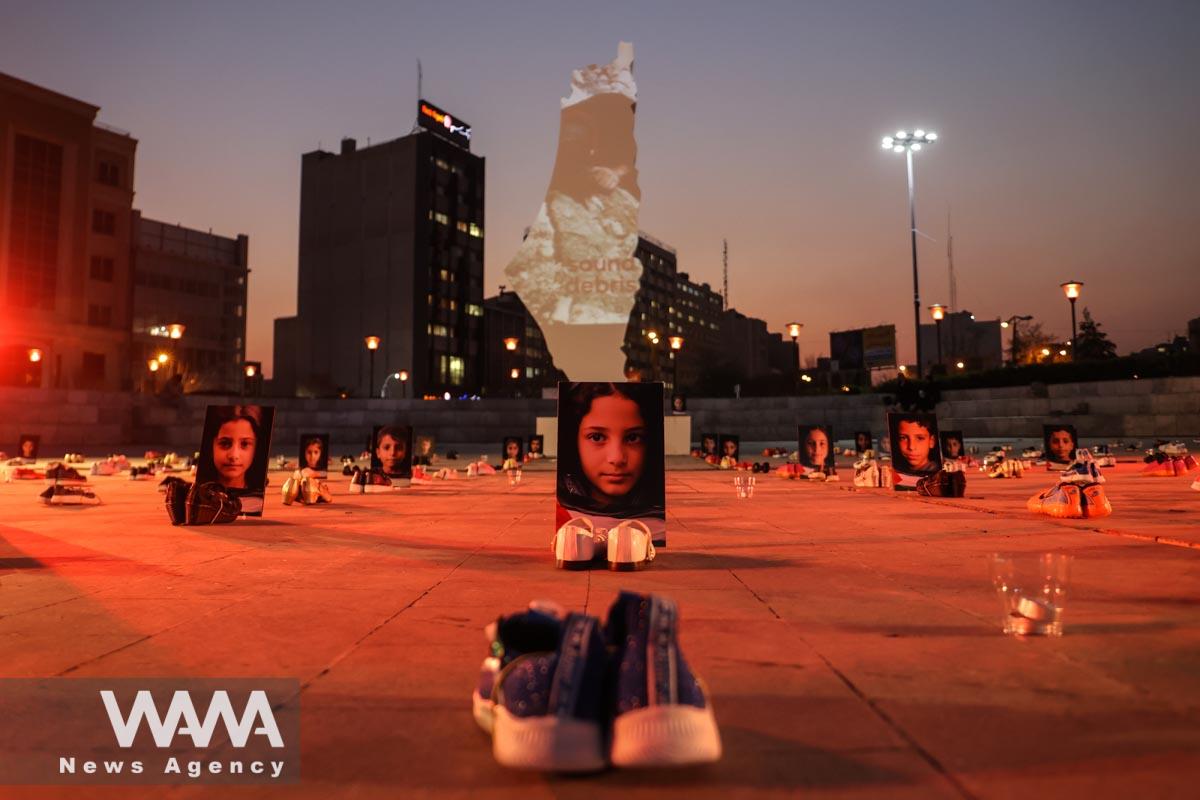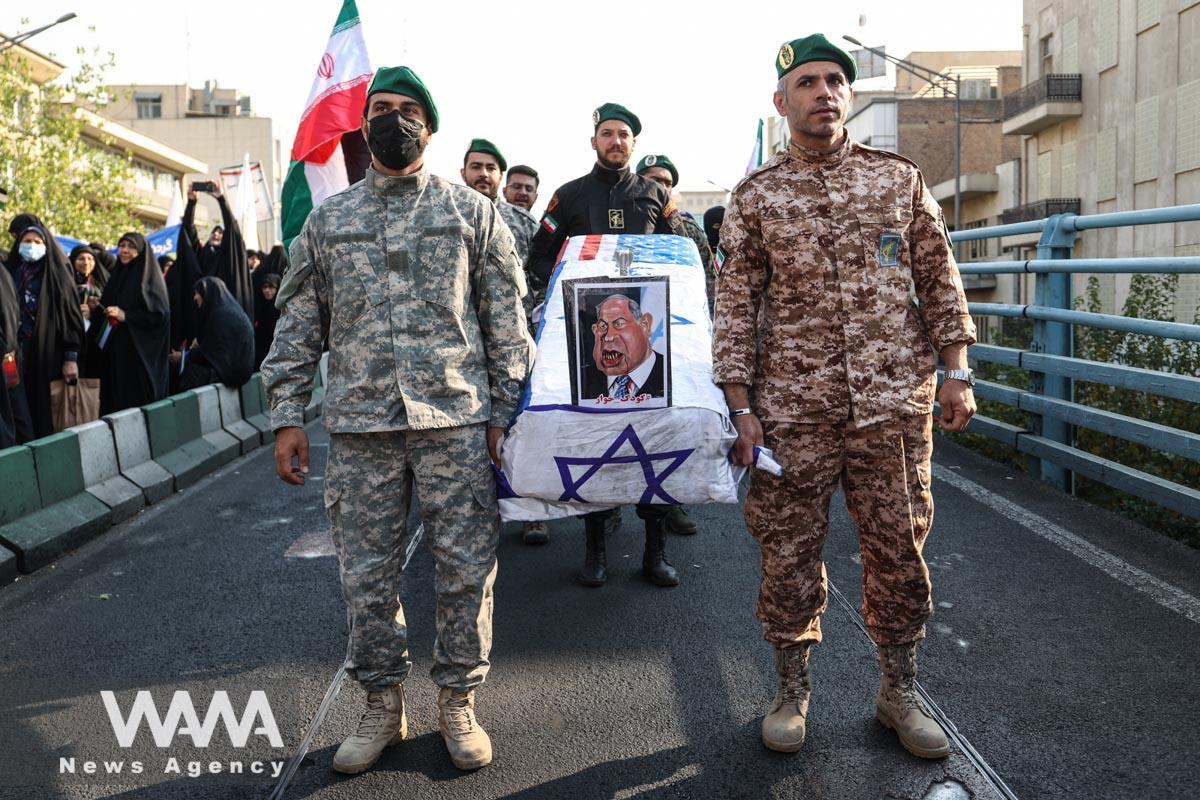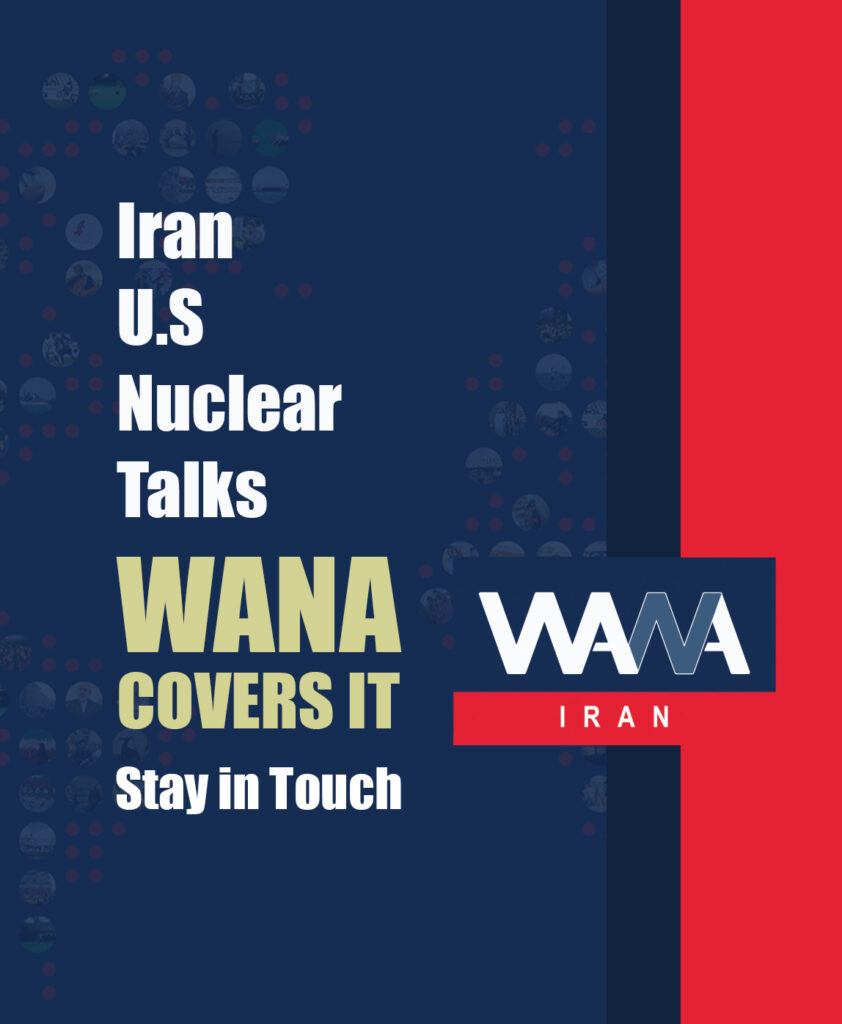Seven Scenarios of Israel’s Possible Response to Iran’s Missile Attack
WANA (Oct 06) – Amid rising tensions and ongoing conflicts in the region, and following a missile attack by Iran during Operation “True Promise 2,” various analyses have emerged regarding how Israel might respond.
The following seven scenarios outline potential Israeli responses, each carrying its own implications for regional stability and international relations.
Seven Scenarios of Israel’s Possible Response to Iran’s Missile Attack
Scenario 1:
Given the ongoing crises and the opening of new fronts, along with fears of continued Iranian missile strikes and pressure from the retaliatory actions of Iran’s proxy forces, one possibility is that Israel may refrain from a direct retaliatory response.
This scenario is the result of conflict management by both sides—meaning they would control the level of engagement and avoid escalation. However, Israel could instead focus on continuing targeted assassinations of Resistance Front commanders.

IRGC’s Missile Trilogy Against Israel
WANA (Oct 05) – The Operation ” True Promise 2″, carried out by the Iranian Revolutionary Guard’s Aerospace Force, marked a historic moment that captured the world’s attention. In this operation, Iran’s Revolutionary Guard launched dozens of ballistic missiles targeting Israeli-occupied Palestinian territories, demonstrating that Iran’s missile power is far more than just rhetoric. […]
Scenario 2:
Another option is a weak and low-value operation aimed at relieving domestic pressure and preserving Israel’s prestige. In this case, Iran’s response may go beyond what Israel expects.
Scenario 3:
Israel may target Iranian military bases. This would likely lead to a heavy retaliatory strike from Iran.
Scenario 4:
Israel could attack Iran’s economic infrastructure and facilities. In this scenario, Iran’s reaction would also be a severe and crippling counterstrike.
Scenario 5:
Israel might launch a combined assault on the pillars of the Resistance Front, from the military centers of Iraq’s Popular Mobilization Forces to the bombardment of airports in Beirut and Syria, escalating attacks on Lebanon, and bombing Yemen’s Hodeidah port. This could also include cyberattacks on Iran’s critical infrastructure.
The heavy burden of these attacks would be spread across the Resistance Front, potentially deterring any immediate retaliation.

Iranian Art and Israeli Brutality
WANA (Oct 04) – On October 1, 2024, approximately 200 ballistic missiles were launched from Iran towards the heart of Israel. To everyone’s surprise, a significant number of them hit their intended targets. A “ballistic missile,” contrary to common belief, is the simplest type of missile. Similar to a cannonball or mortar shell, once […]
Scenario 6:
Another possibility is striking Iran’s nuclear facilities at Natanz and Fordow. Such an attack cannot be carried out using missiles and would require airstrikes.
However, the long distance, overflight restrictions by countries like Jordan, Saudi Arabia, Turkey, Syria, and Iraq, along with Iran’s multilayered air defense and the need for refueling, make this scenario highly unlikely.
Furthermore, Israel does not have the capability to carry the U.S. bunker-buster bombs (GBU-57A/B), which weigh 30,000 pounds and are only operable by U.S. B-2 Spirit bombers.
This scenario is near impossible, as it would trigger a regional escalation, possibly shutting down oil exports to the U.S. and Europe.
If this scenario were realized, Iran’s response could involve targeting Israel’s Dimona nuclear reactor, risking a costly nuclear confrontation that neither side desires.
Scenario 7:
Finally, Israel could attack Iran’s ports, oil export terminals, or steel facilities.
This scenario may involve low-risk and low-cost routes, such as operations from the Red Sea, the Indian Ocean, and the Persian Gulf, using U.S. naval support.
The relative ease of this scenario might tempt Israel, as it would disrupt oil exports from Iran’s Khark and Hormuz islands.
However, without U.S. approval, Israel is unlikely to proceed, as any confirmed American or European involvement would lead to Iran targeting not only Israeli assets but also U.S. and European interests in the Persian Gulf.
In conclusion, analyzing these seven scenarios highlights the wisdom of Iran’s Supreme Leader, Ayatollah Khamenei, who has long predicted the decline of American and Israeli power, alongside the growing strength of the Islamic world and the ever-resilient Resistance Front.

Iran’s Leader’s Speech on Victory Friday: A Display of Power and Unity
WANA (Oct 04) – Today’s speech by the Leader of Iran during Friday prayers in Tehran took place at one of the most sensitive moments, amid escalating threats from Israel against Iran and resistance groups in the region. Many believed that the Leader’s public appearance in such a situation could be dangerous. This event, […]












